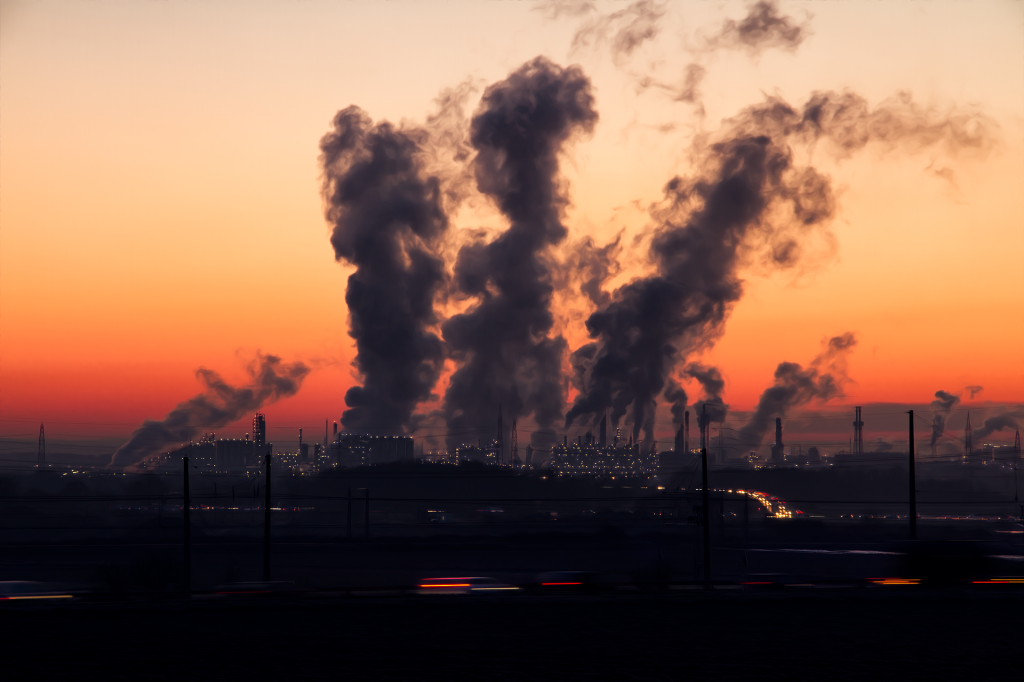Whether it’s the news or the people around you covering their faces in masks with the term “air pollution” and “smog” all around. You must be wondering what the entire hullabaloo is and mostly how would you figure it out and save yourself from it.
As much as we all dread and fear the site of air pollution around us, there is probably very less we can do to save ourselves completely, living in a place like Delhi.
Most of us are generally aware of the fact that Delhi is on the high rise on becoming the most polluted city in the world with the amount of Smog and pollutants affecting us during the winters but what is smog and how is being caused is what our main question are?

Defining Smog.
Typically smog denotes a combination of fog and smoke due to its density and low visibility. This has also been identified as a pollutant in recent times. According to Wikipedia “The word was then intended to refer to what was sometimes known as pea soup fog, a familiar and serious problem in London from the 19th century to the mid 20th century. This kind of visible air pollution is composed of nitrogen oxides, sulphur oxides, ozone, smoke or particulates among others (less visible pollutants include carbon monoxide and CFCs) Human-made smog is derived from coal emissions, vehicular emissions, industrial emissions, forest and agricultural fires and photochemical reactions of these emissions.”
How do we know if it’s smog or fog?
Fog is just a cloud that touches or nearly touches the ground. Atomized water droplets. Smog is smoke and/or other pollutants combined with fog or haze. In other words, fog might make it hard to see but smog will make things miserable.
Fog is also a combination of droplets of water that is only for some time while it clears out by late morning. But smog is a combination of pollutants of several pollutants which can last up to an entire day or even several days in continuation.

Who are the most affected by smog?
People who are into outdoor exercises from jogging to manual labor—may suffer smog-related health effects. Physical activity causes people to breathe faster and more deeply, exposing their lungs to more ozone and other pollutants.
These are the group of people affected by smog:
- Children—Children run the highest risks from exposure to smog, as children spend a lot of time playing outside. As a group, children are also more prone to asthma—the most common chronic disease for children—and other respiratory ailments than adults.
- Active adults—Healthy adults of any age who exercise or work outdoors are considered at higher risk from smog.
- People with Respiratory disorders—People with asthma or other chronic respiratory diseases are more sensitive and vulnerable to the effects of ozone. Typically, they will experience adverse effects sooner and at lower levels of exposure than those who are less sensitive.
- Sensitive People—Some otherwise healthy people are simply more sensitive to the pollutants in smog than other people and may experience more adverse health effects from exposure.
So to save yourself from smog, our advice is that you stay indoors as much as possible, if not, always wear a mask.